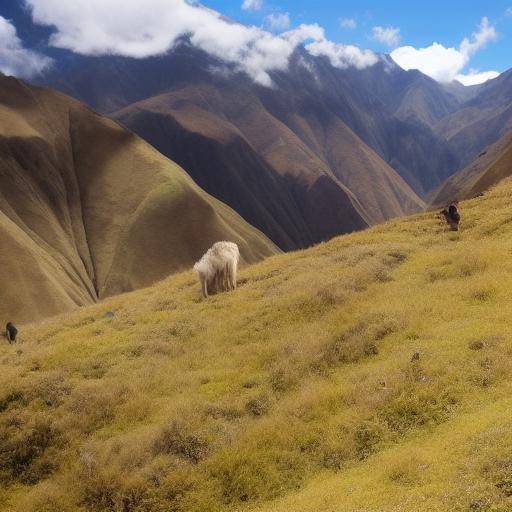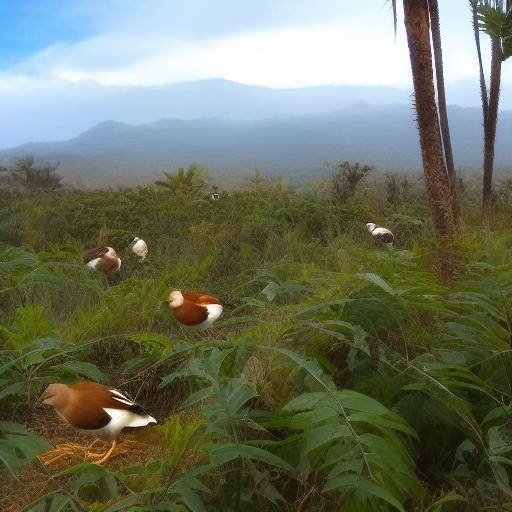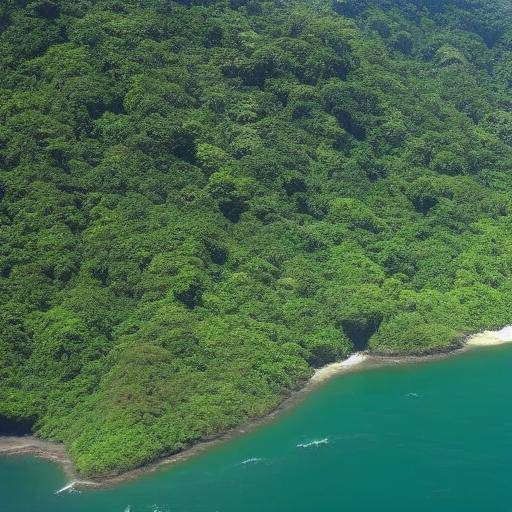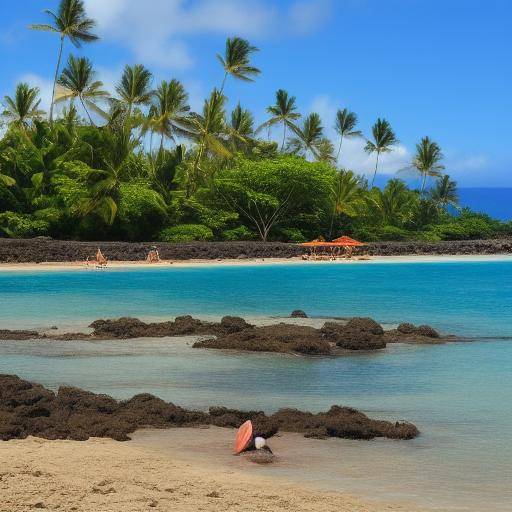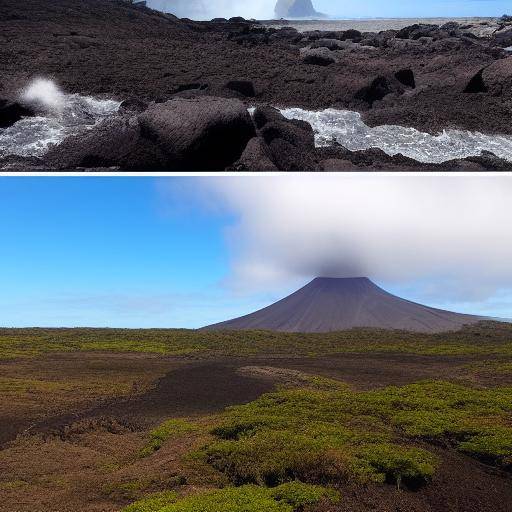
The Galapagos National Park is a unique natural treasure in the world, giving visitors the opportunity to immerse themselves in an exceptionally diverse ecosystem and witness evolution in action. It consists of 13 main islands and numerous islets and islands, the Galapagos archipelago, located in Ecuador, is home to fascinating endemic species and stunning landscapes. In this article, we will explore in detail the wonders of the Galapagos Islands, the rich history of Ecuador and the growing attractiveness of ecotourism in this region.
Introduction to the Galapagos National Park and its Islands: A Wonder of Nature
The Galapagos National Park, declared a World Heritage Site by UNESCO, is a living laboratory of evolution and a wildlife sanctuary. From the iconic giant turtles to the colorful marine iguanas, the Galapagos Islands host a unique diversity of flora and fauna, many of which are not found anywhere else in the world. Visitors have the opportunity to contemplate the evolution in progress, discovering how different species adapted to unique environments over millennia.
History and Context: The Legacy of the Galapagos Islands
The Galapagos Islands have long been a focal point of interest for naturalists, scientists and adventurers. Since the arrival of Charles Darwin in 1835, the region has played a crucial role in understanding evolution and biology. Darwin's influence on the theory of evolution following his visit to the islands cannot be underestimated, and his legacy is an integral part of the history of Galapagos. The discovery of unique species and the observation of surprising adaptations have lit the passion for the conservation of these magical islands.
Deep Analysis: Challenges and Opportunities of Ecotourism in Ecuador
The growing interest in ecotourism in Ecuador has led to a greater awareness of the preservation of the Galapagos Islands and its unique ecosystem. One of the greatest challenges facing the region is to find a balance between sustainable tourism and the preservation of the natural environment. As ecotourism continues to evolve, it is essential to adopt innovative approaches to protect the biodiversity of the Galapagos Islands and ensure that future generations continue to enjoy this incomparable treasure.
Comparative Analysis: A View to the Galapagos Islands, Ecuador and Ecotourism
Compared to other ecotourism destinations, the Galapagos Islands stand out for their uniqueness. The combination of marine and terrestrial ecosystems, combined with its history and legacy, make Galapagos a truly unique destination. Ecuador, as a host country, has taken a crucial role in promoting a sustainable approach to ecotourism, merging conservation with the visitor's experience. The interconnection between the Galapagos Islands, Ecuador and ecotourism has generated unprecedented opportunities for the preservation of biodiversity, as well as for the economic development of the region.
Practical Tips and Recommendations for Travelers
For those who wish to explore the Galapagos Islands through ecotourism, it is important to adopt conscious practices. By choosing tour operators with sustainability policies, minimizing environmental impact and respecting local regulations, travelers can contribute to the conservation of this natural gem. In addition, participating in scientific tourism activities, such as monitoring endemic species or restoring habitats, offers a unique opportunity to actively engage in the preservation of the Galapagos Islands.
Industry Perspectives and Expert Reviews: The Future of the Galapagos Islands and Ecotourism
Various conservation and ecology experts have expressed their vision about the future of the Galapagos Islands and the crucial role of ecotourism in its conservation. Its views highlight the importance of a comprehensive approach that combines environmental protection with sustainable development. Technological advances, such as remote monitoring of ecosystems and the use of renewable energies, are being explored to create a tourism model that protects nature and offers enriching experiences to visitors.
Conclusion
The Galapagos National Park represents much more than a tourist destination; it is a living testimony of evolution and a reminder of the importance of preserving our natural environment. As Ecuador continues to promote sustainable tourism practices, the Galapagos Islands will remain a beacon of conservation and discovery. When visiting the Galapagos Islands and participating in responsible forms of ecotourism, each individual has the opportunity to contribute to the protection of this natural paradise for future generations.
Frequently asked questions
1. What is the best time to visit the Galapagos Islands?
The season of visits to the Galapagos Islands varies according to the species you want to observe and the activities you want to do. In general, the dry season from June to December is ideal for marine life observation, while the warm season from December to May is optimal for ground sightings.
2. How to contribute to ecotourism in the Galapagos Islands?
Contribute to ecotourism in the Galapagos Islands can be made by choosing tourist operators committed to sustainability, respecting local regulations, and participating in conservation activities led by local organizations.
3. What is the impact of climate change on the Galapagos Islands?
Climate change is affecting the Galapagos Islands ecosystem, causing changes in rain and temperature patterns, which in turn affects flora and fauna. Conservation and environmental awareness are crucial to countering these impacts.
4. What measures are being taken to preserve the Galapagos Islands?
Ecuador has implemented conservation measures, such as protected areas and limits in the number and type of visitors, to preserve the Galapagos Islands. Habitat restoration and environmental education programmes are also being developed.
5. What are the most popular ecotourism activities in the Galapagos Islands?
Ecotourism activities include diving, snorkeling, bird watching, trekking and turtle breeding visits. These activities offer visitors the opportunity to experience the unique biodiversity of the Galapagos Islands in a sustainable way.
6. How can I support the conservation of the Galapagos Islands from my home country?
You can support the conservation of the Galapagos Islands from your country of origin by contributing to international conservation organizations, participating in environmental volunteer programs or spreading awareness about the importance of protecting these unique ecosystems.
With this, we hope to have provided an exhaustive and enlightening view of the wonders of the Galapagos Islands, the rich history of Ecuador and the transformative power of ecotourism. By exploring the Galapagos National Park and its surroundings, visitors not only have the opportunity to enjoy an unforgettable experience, but also to contribute to the conservation of an invaluable natural heritage.



